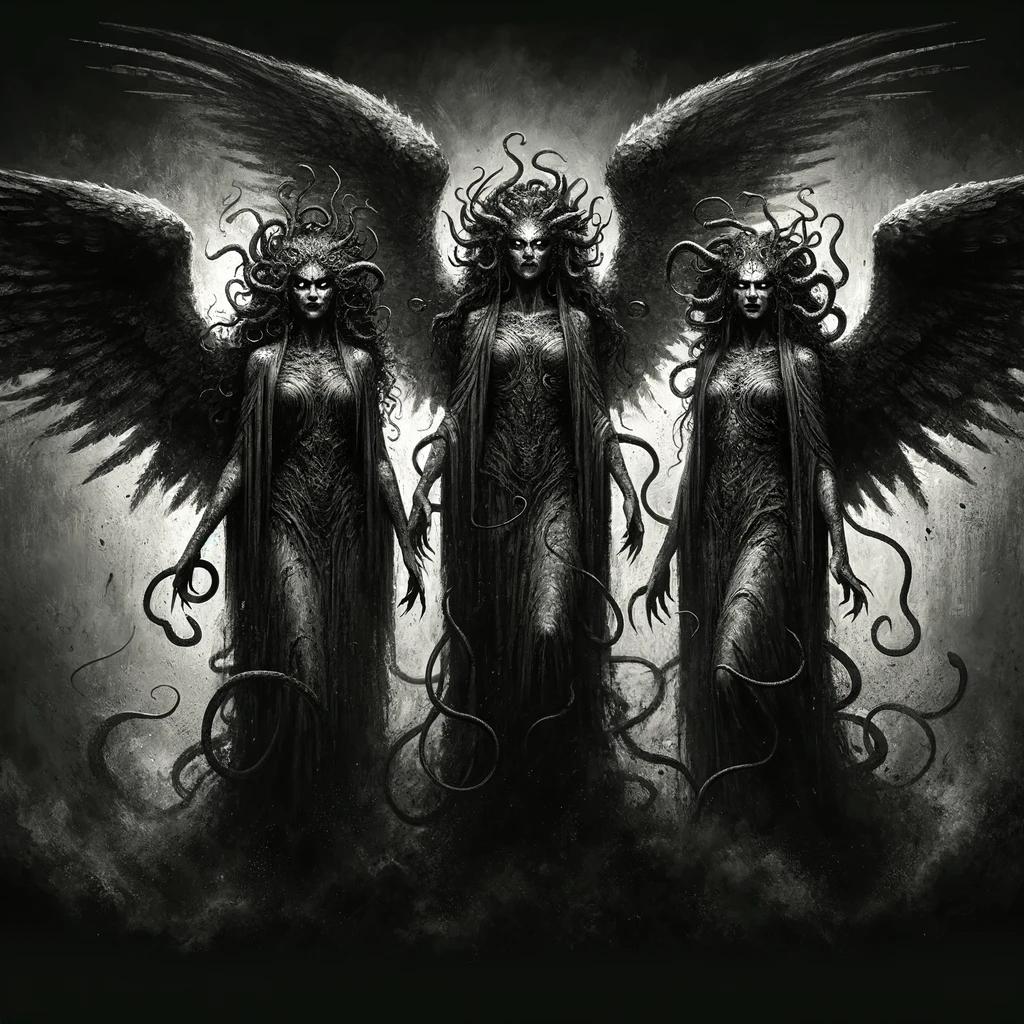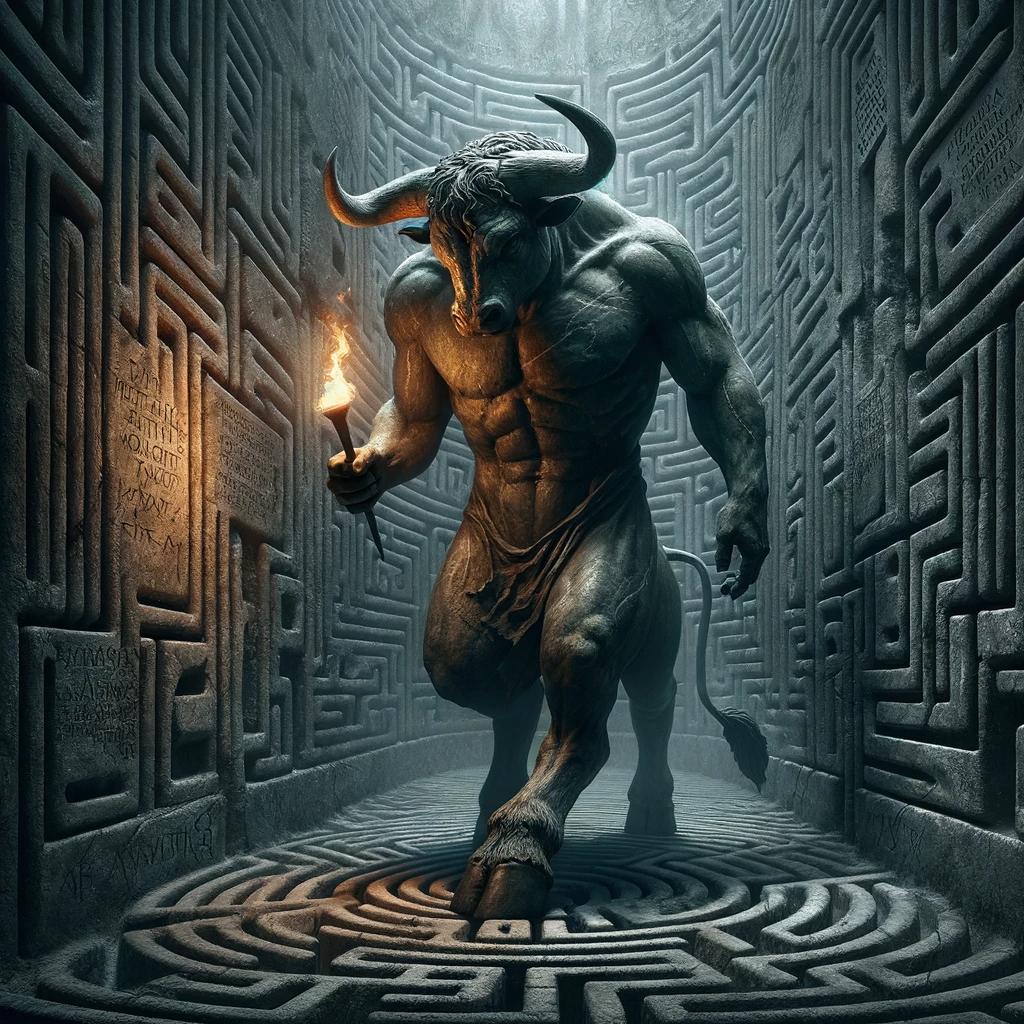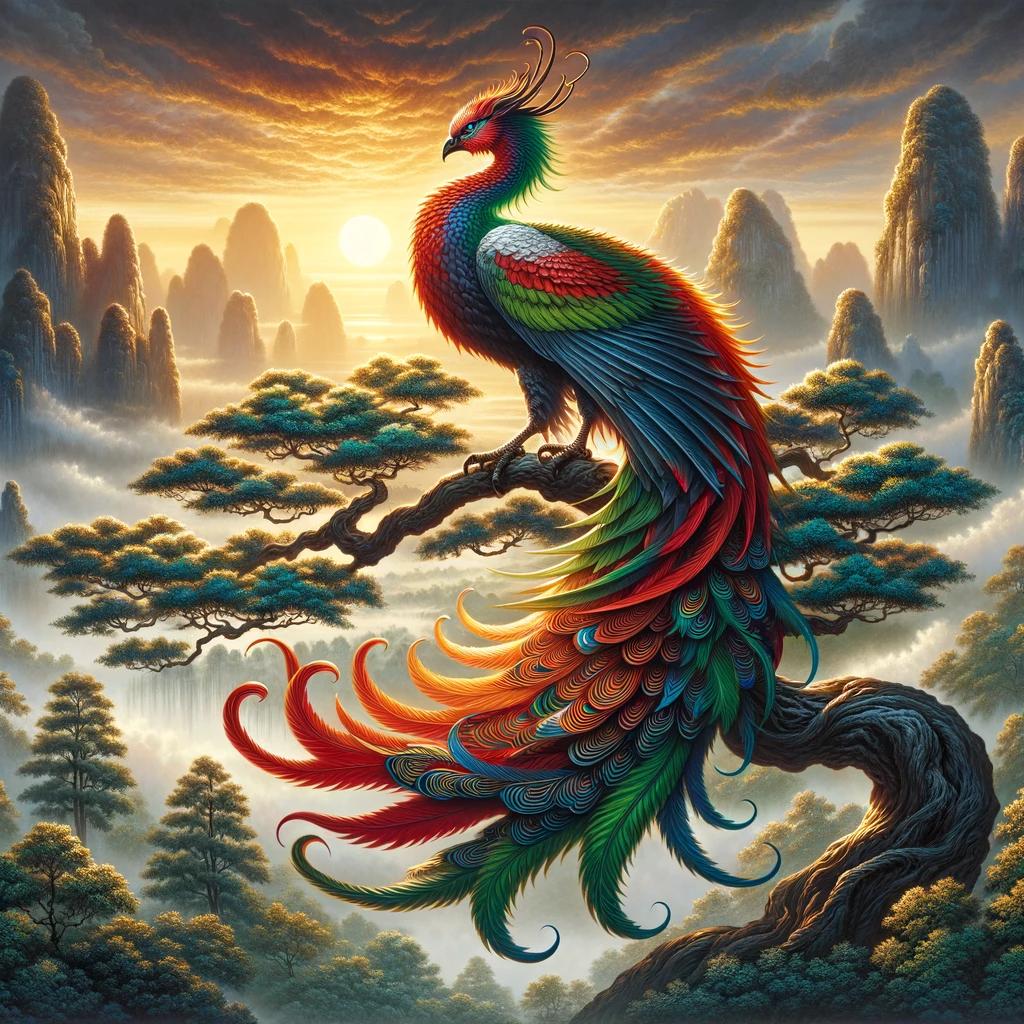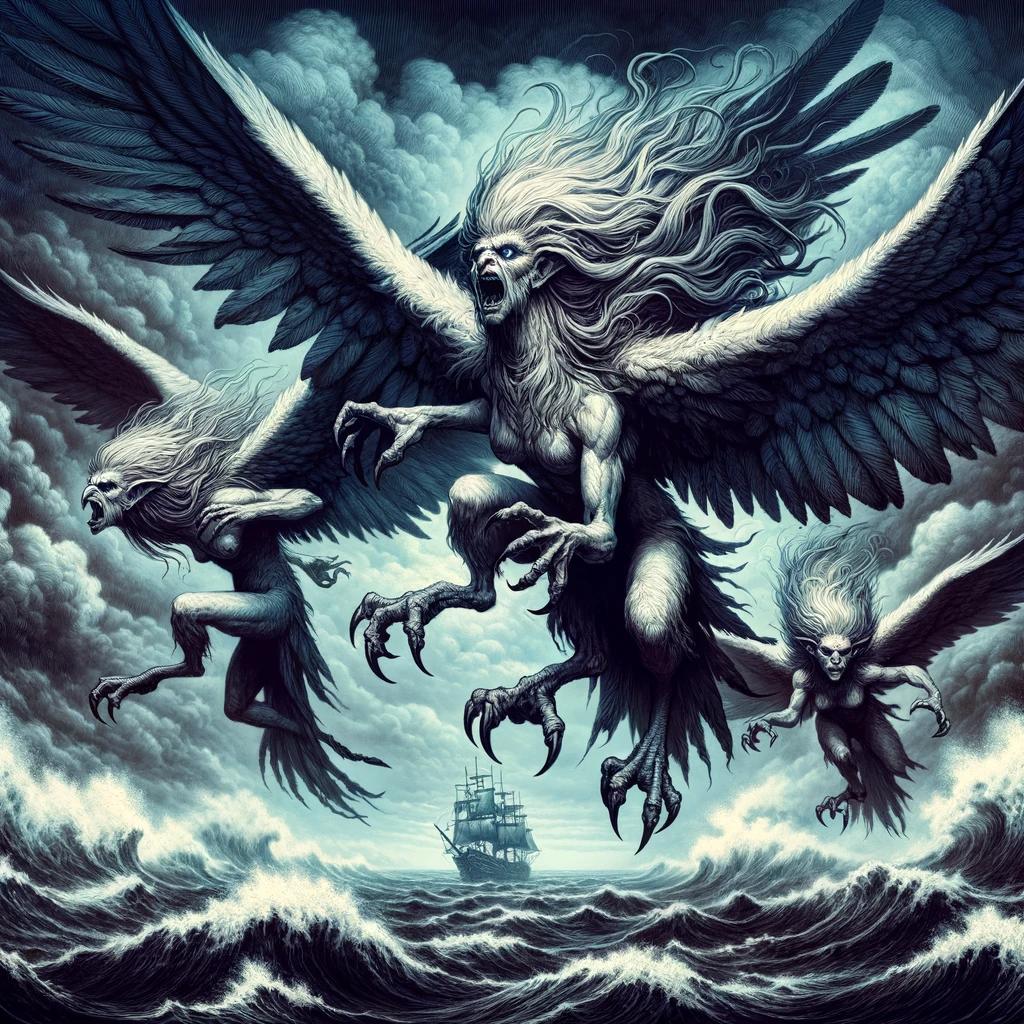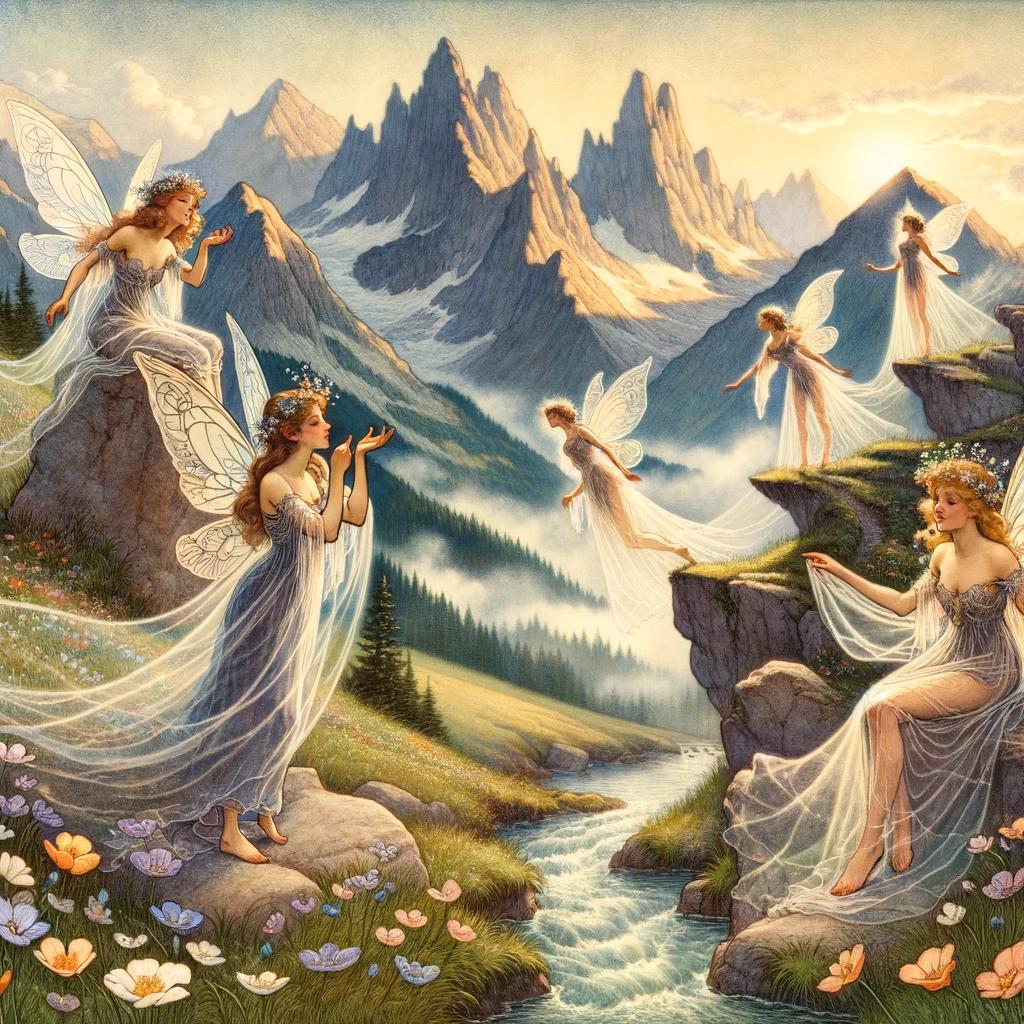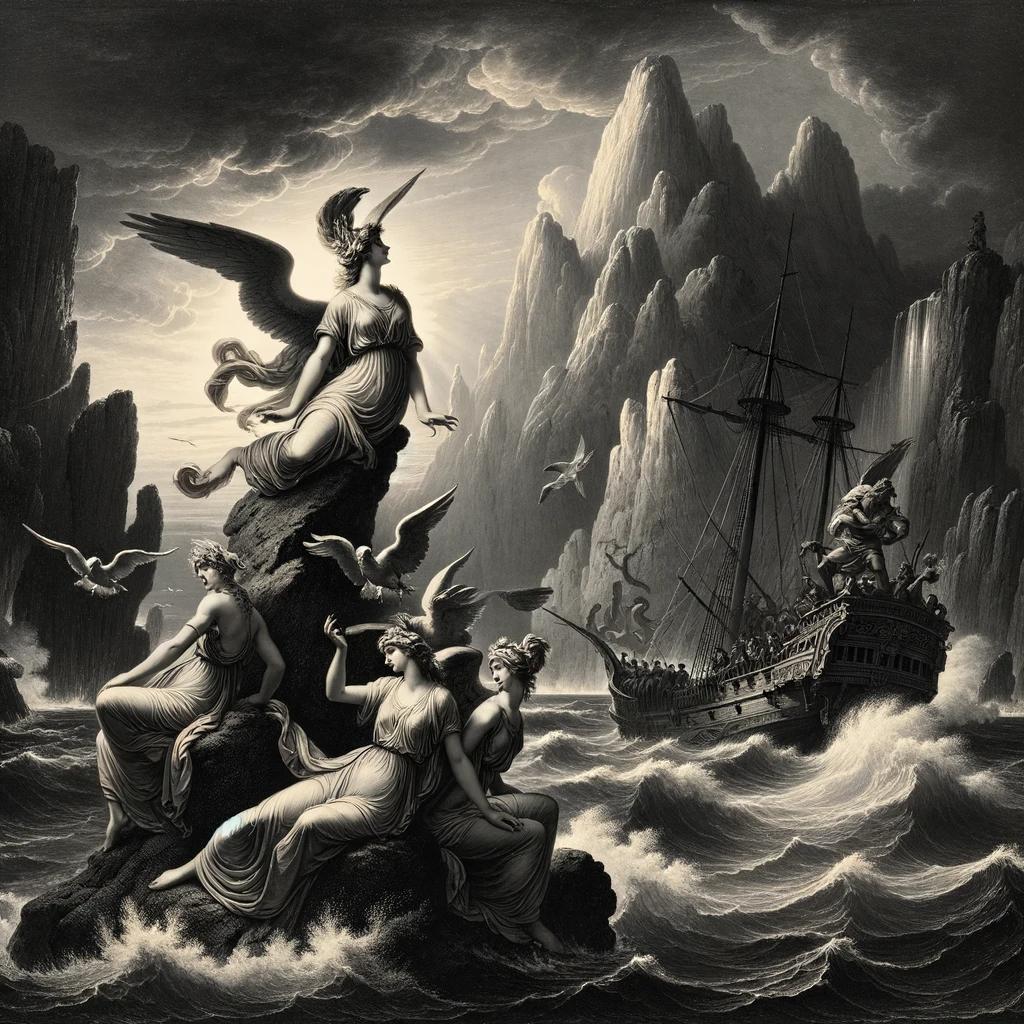Furie Greek Mythology: Exploring the Dark Goddesses of Vengeance
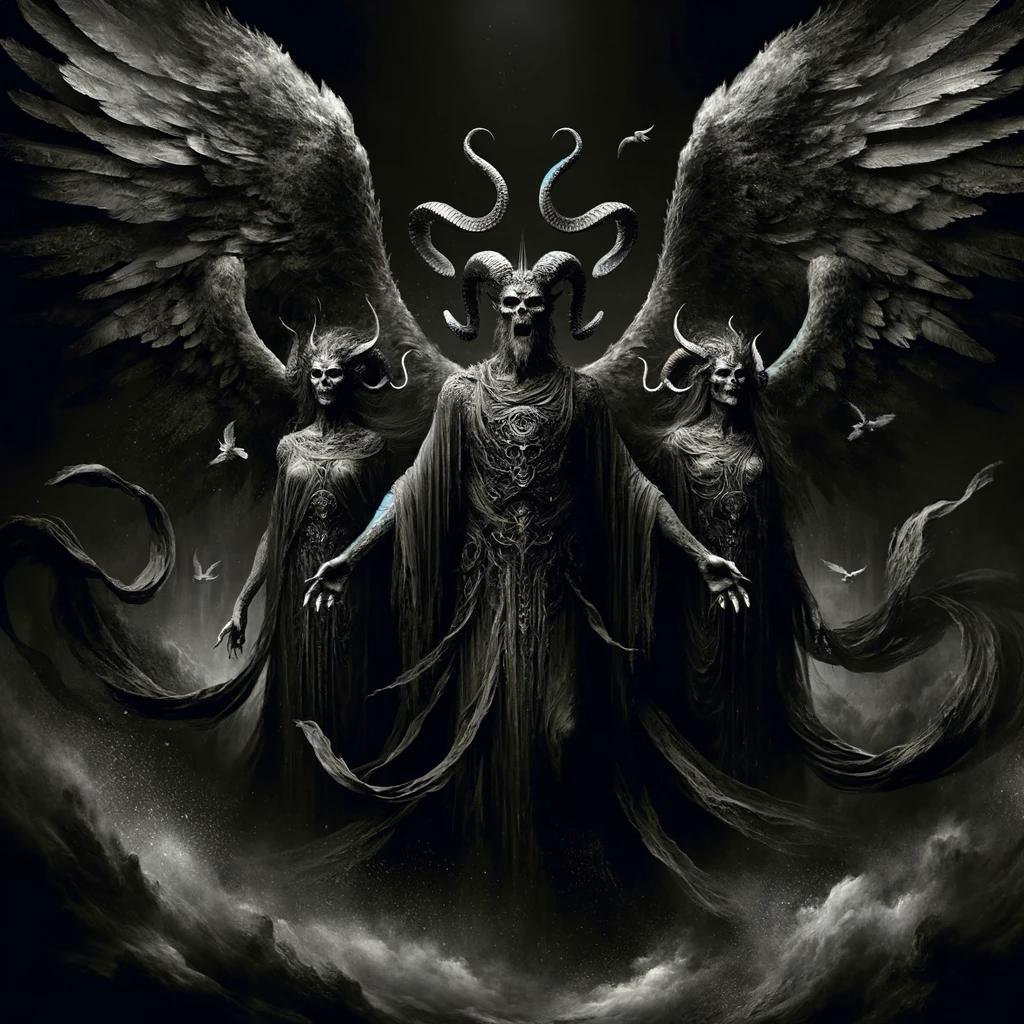
The Erinyes, also known as the Furies, are female deities in Greek mythology associated with vengeance and retribution. They have various origins, including emerging from the blood of Uranus or being born from the union of air and earth, or even from the darkness of the Night itself.
Physically, they are depicted as elderly women with snake hair, dog heads, black coal-like bodies, bat wings, and bloodshot eyes. They carry whips with brass studs and inflict eternal torment upon their victims.
The Erinyes reside in Erebus and are considered older than any other Olympian deity. They serve Hades and Persephone in the Underworld, overseeing the punishment of criminals. Various euphemistic names were used to refer to them, reflecting the fear and respect they commanded in ancient Greek society.
These dark goddesses have been mentioned in literary works such as Virgil’s Aeneid and Dante Alighieri’s Divine Comedy, leaving an indelible mark on Greek mythology.
The Origins of the Erinyes in Greek Mythology
The Erinyes, also known as the Furies, have a fascinating origin in Greek mythology.
Different accounts provide varied explanations for their existence and emergence. These powerful goddesses are linked to the castration of Uranus and the aftermath of this event. According to some myths, they were born from the blood that fell upon the Earth when the Titan Cronos castrated his father, Uranus, and threw his genitals into the sea.
However, alternative stories suggest that the Erinyes emerged from the union of the air and Earth or even from the primordial concept of Night itself. These disparate origins contribute to the enigmatic nature of the Erinyes, adding to their allure and mythical significance.
Different Accounts of their Origin
Various narratives portray different origins for the Erinyes. While some attribute their birth to the violent act of castration, others connect their existence to the fundamental elements of the world, such as the air and the Earth.
Additionally, the concept of Night itself hints at the mysterious and profound nature of their origin.
Linked to the Castration of Uranus
One prevalent origin story connects the birth of the Erinyes to the castration of Uranus. The blood shed during this profound act led to their emergence, giving them an inherent connection to the tumultuous events that shaped the cosmos and the subsequent consequences that unfolded.
Emerging from the Air and Earth or from the Night Itself
Contrary to the story of castration, alternative accounts suggest that the Erinyes arose from the union between the air and Earth or from the primordial concept of Night. These origins highlight their close association with fundamental aspects of the natural world and the deep forces that drive the cosmos.
The Appearance and Attributes of the Erinyes
The Erinyes, also known as the Furies, possess striking physical features that reflect their divine nature and association with vengeance. The varying descriptions found in ancient Greek literature and art provide intriguing insights into their awe-inspiring appearance.
Descriptions of their Physical Features
The Erinyes are often depicted as elderly women with fearsome attributes that emphasize their terrifying presence. They have hair composed of writhing serpents, symbolizing their connection to the underworld and its primordial forces.
Their heads transform into those of vicious dogs, enhancing their menacing aura.
These deities possess ebony bodies, reminiscent of the darkest shadows, and their piercing crimson eyes are said to be filled with unrelenting rage and bloodlust.
Their grotesque appearance is completed with bat wings, allowing them to traverse the realm between the living and the dead with swiftness.
Carrying whips adorned with brass studs, the Erinyes invoke terror in all who witness them, as their sole purpose is to exact punishment on the guilty.
Their presence strikes fear into the hearts of mortals, reminding them of the consequences that await those who dare to defy the natural order.
Symbolic Representations in Art and Literature
The portrayal of the Erinyes holds deep symbolism, conveying their significance as avengers and enforcers of justice. In various artistic depictions, they are often shown clad in black robes, shrouded in the mystery of the night, further associating them with darkness and nocturnal realms.
Artistic representations of the Erinyes highlight their role as divine agents of karma, carrying out the retribution that must befall transgressors. Some depictions showcase them alongside scales, symbolizing the weighing of souls and balancing the scales of justice.
Throughout Greek literature, the Erinyes serve as a cautionary reminder of the consequences of immoral acts. Their relentless pursuit of retribution serves as a warning against hubris and the violation of societal and familial bonds.
- Their serpent-infested hair symbolizes the inescapable nature of guilt and punishment.
- Their dog heads represent the instinctual nature of vengeance and the unrelenting pursuit of justice.
- Their black bodies evoke the darkness of the crimes committed and the depths of the underworld they inhabit.
- Their bat wings signify their transcendence between the realms of the living and the dead.
These symbolic representations in art and literature vividly capture the essence of the Erinyes and their role in the intricate web of Greek mythology.
Their appearance serves as a reminder of the eternal consequences that await those who transgress the bounds of morality and provoke their wrath.
The Role and Tasks of the Erinyes
The Erinyes, or Furies, in Greek mythology have a distinct role as enforcers of justice and punishers of moral wrongs.
They listen vigilantly to mortal complaints, ensuring that crimes against family members, guests, suppliants, and even societal authorities do not go unpunished.
Listening to Mortal Complaints
One of the primary tasks of the Erinyes is to attentively hear the grievances of mortals. They specialize in cases involving the mistreatment of elders by the younger generation, children disrespecting their parents, guests being wronged by their hosts, and individuals being mistreated by those in positions of power or by councils.
Punishing Crimes against Family, Guests, and Suppliants
- In cases where a family member commits a heinous act against another family member, the Erinyes step in to ensure justice is served. They relentlessly pursue vengeance on behalf of those wronged.
- Similarly, if a guest is mistreated or harmed by their host, the Erinyes intervene to bring retribution upon the transgressor.
- The Erinyes also take their responsibility seriously when it comes to protecting suppliants. If someone seeks shelter or support but is treated unjustly or harmed, the Erinyes take it upon themselves to avenge their plight.
Unending Torment for the Guilty
The Erinyes inflict eternal torment upon the guilty individuals they deem deserving of punishment. Armed with their whips adorned with brass studs, they relentlessly pursue and torment those who have committed the most reprehensible crimes.
Their victims face an unending cycle of suffering, representing the everlasting nature of justice and the inescapable consequences of their actions.
As the Erinyes carry out their duties with unwavering determination and vigilance, they embody the relentless pursuit of justice and act as a reminder of the consequences that await those who choose to act against the moral order.
The Erinyes in the Underworld
The Erinyes, or Furies, serve as the faithful servants of Hades and Persephone in the mysterious realm of the Underworld. Their presence in this domain showcases their significant role in the divine hierarchy of Greek mythology.
Servants of Hades and Persephone
Within the dark depths of the Underworld, the Erinyes dutifully carry out the commands of Hades, the god of the dead, and his queen, Persephone. As loyal attendants, their purpose is to maintain order and administer retribution for those condemned to the infernal realm.
Overseeing the Punishment of Criminals
One of the Erinyes’ primary duties is to oversee the punishment of criminals in the Underworld. These malefactors, condemned for their heinous deeds, find themselves at the mercy of the Furies, subject to their unyielding wrath.
The Erinyes ensure that justice is carried out, ensuring that the guilty receive their appropriate and eternal torment.
Their presence in the Underworld serves as a constant reminder of the consequences of one’s actions and the relentless pursuit of retribution in the face of wrongdoing.
- The Erinyes play a vital role in maintaining the balance of justice within the realm of Hades.
- They diligently enforce the punishment of those who have transgressed against divine laws and committed unforgivable acts.
- With their ever-watchful eyes and unwavering determination, the Erinyes ensure that no crime goes unpunished in the abyss of the Underworld.
Their involvement in the administration of divine justice makes them fearsome figures, striking fear into the hearts of both mortals and those condemned to the Underworld.
The Erinyes’ presence in Greek mythology serves as a stark reminder that no transgression goes unnoticed, and the consequences of one’s actions will haunt them for eternity.
Euphemistic Names and Fear of the Erinyes
Throughout ancient Greek society, the Erinyes were feared and their name was taboo.
Different regions and cultures used euphemistic names when referring to these vengeful goddesses, reflecting the deep-seated fear and respect they commanded.
Different Names for the Erinyes
In Sicily, the Erinyes were called Euménides, meaning ‘Amiable Ones’. This eufemism emphasized the desire to appease and maintain a harmonious relationship with these powerful deities. In Athens, they were known as Semnai, which translates to ‘August Ones’, acknowledging their elevated status and solemn nature.
These alternative names allowed individuals to refer to the Erinyes indirectly, avoiding attracting their wrath.
Reflection of Ancient Greek Society’s Fear and Respect
The use of euphemistic names highlights the profound impact and terror that the Erinyes instilled in Greek society. Their divine power and relentless pursuit of justice reminded mortals of the consequences of their actions.
As a result, people spoke of them with reverence and employed euphemisms to avoid drawing their attention.
These names serve as a testament to the deeply ingrained fear and respect the Erinyes commanded, and how the ancient Greeks recognized their role as divine enforcers of justice in the mortal realm.
The Erinyes in Greek Literature and Mythological Works
In addition to their presence in ancient Greek mythology, the Erinyes, or Furies, have left a significant mark in Greek literature and various mythological works. This section explores their intriguing mentions and their profound significance in the works of Virgil, Dante Alighieri, the Oresteia, and other tales.
Mentions in the Works of Virgil and Dante Alighieri
The Erinyes make appearances in the literary masterpieces of both Virgil and Dante Alighieri. In Virgil’s renowned epic poem, the Aeneid, Alecto, one of the prominent Erinyes, is sent by Juno to stir chaos and vengeance in the mortal realm.
Her relentless pursuit of revenge serves as a driving force in the narrative.
Similarly, Dante Alighieri brings forth the Erinyes in his opus, the Divine Comedy. In Inferno, the first part of this epic, the Erinyes are seen as guardians of the underworld, tormenting and punishing the sinners according to their crimes.
Dante’s vivid descriptions depict the fearsome nature of these goddesses as they execute their retributive tasks.
Their Significance in the Oresteia and Other Mythological Tales
The Erinyes play a central role in the Oresteia, a famous trilogy of Greek tragedies written by Aeschylus. In these plays, the goddesses relentlessly pursue Orestes, who has killed his mother Clytemnestra in revenge for her murder of his father, Agamemnon.
The conflict between justice and vengeance lies at the core of the Oresteia, highlighting the eternal weight of the Erinyes’ role in balancing the scales of cosmic retribution.
Beyond the Oresteia, the Erinyes’ significance extends to other mythological tales as well.
Their dark presence embodies the consequences of unjust actions and the necessity of retribution. As avengers of heinous crimes, they serve as a cautionary reminder of the consequences that await those who defy moral order.
.











